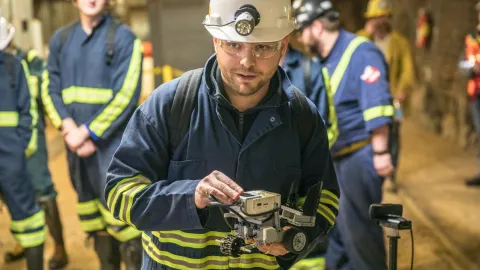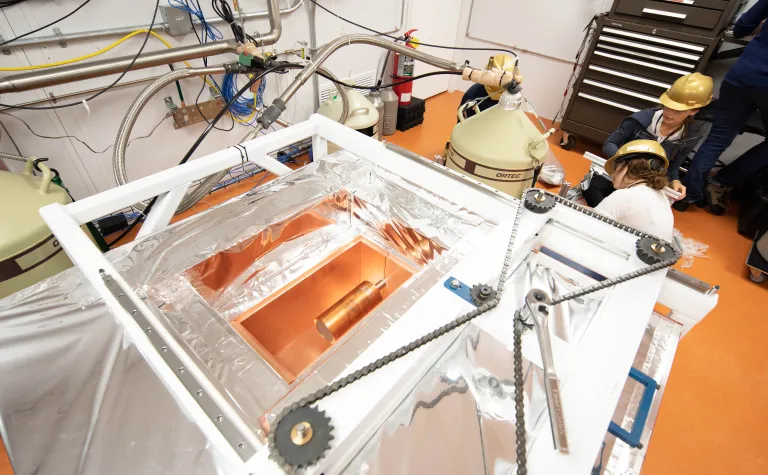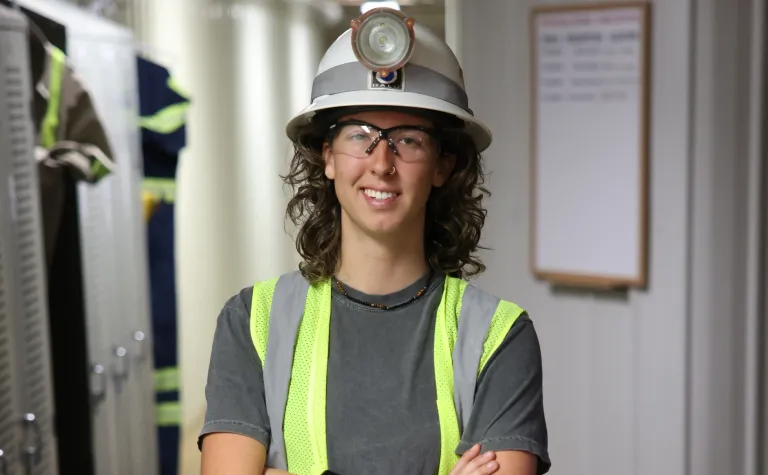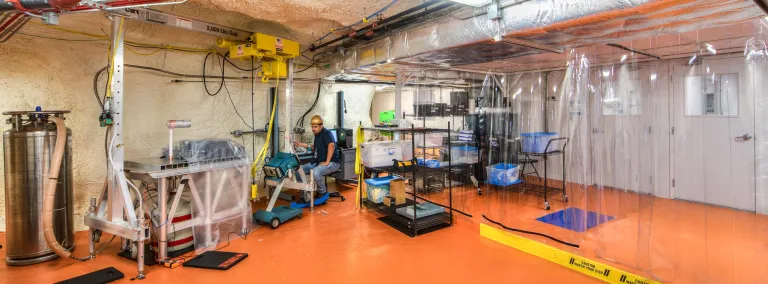
Present
BHSU Underground Campus
A multidisciplinary facility
Sensitive physics experiments require radio-pure materials. That's where the Black Hills State University Underground Campus (BHUC), located on the 4850 Level of SURF, comes in.
The BHUC houses SURF's low-background counting facility—a class-1,000 cleanroom containing several ultra-sensitive low background counters used to assay materials for extremely sensitive experiments—and an adjoining workspace that can be used for a variety of disciplines. Managed by BHSU, the facility partners with groups around the globe to create unique opportunities for collaborative research in physics, chemistry, biology, and geophysics. The campus is also open to graduate and undergraduate students doing research in a variety of disciplines.
Counting minute signatures
Sometimes going a mile underground isn’t enough. The tiniest amounts of radioactive elements in materials used to construct our experiments can overwhelm a rare-event signal. Radioactive elements can be found in rocks, titanium—even in human sweat! As these elements decay, they emit signals that quickly light up ultra-sensitive detectors. To lessen these misleading signatures, researchers assay, or test, their materials for radio-purity using low-background counters.
By clean, we mean 'radio-pure.' Researchers are looking for materials with lower and lower concentrations of radioactive elements.
Low-background counters
The LBCs use germanium detectors housed in lead brick containers to screen materials, identifying ionizing radiation released by a material over time as its radioactive elements decay. This counting process helps researchers decide which types of materials are best-suited for their experiments. It also provides data to researchers, allowing them to calculate how much radioactivity they can expect to see coming from their materials over the life of the experiment.
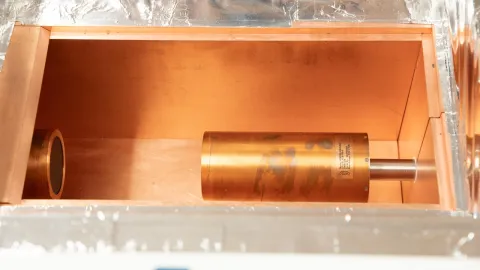
Counting consortium
The class-1,000 cleanroom houses five operational LBCs and is open to all experimental users, not just those hosted by SURF.
While the counters are dedicated to supporting high-priority experiments, a consortium agreement between LBC owners allows the counters to also be used for other collaborations, partners, and academic users when there is space to spare.
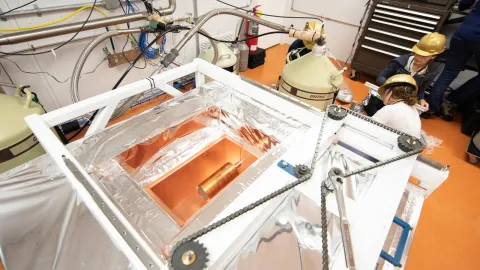
Project support
With global partnerships come remote users. Researchers assaying their materials from a distance can monitor results in real-time, while relying on daily support from BHSU faculty and students and SURF staff.
Support includes installation of detectors underground, changing samples in the detectors, and monitoring the liquid nitrogen systems that purge radon from inside the detectors.
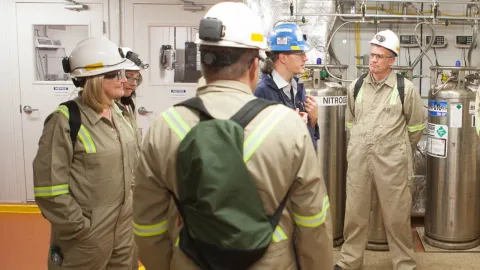
“The campus at SURF is an ideal location for these counters. “Its depth creates a shield for the detectors, and it’s in the thick of major physics experiments; it’s where the action is.”
Multidisciplinary university research
The BHUC provides a space for students from across the state to preform interdisciplinary research underground. Physics students contribute to large-scale experiments by working with the low-background counters in the Davis Campus.
Additionally, Research Experience for Undergraduates (REU), a National Science Foundation (NSF) program, gives students from around the country opportunities to pursue research through the underground campus.
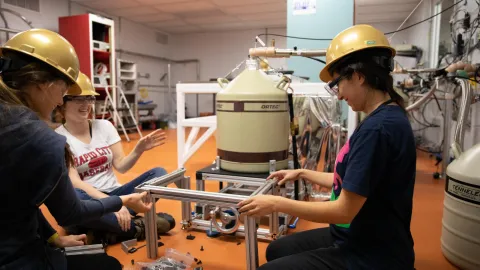
K-12 Outreach
It’s not just college students who get to take advantage of the underground campus—even K-12 students can participate.
For example, the annual BHSU Robotics Competition pairs middle school students with BHSU students to create robots for an engaging competition on the 4850 Level. The college students take the programmed robots to an underground obstacle course where the robots must find their way through an obstacle course while middle school students watch and advise from the surface via videoconferencing.
